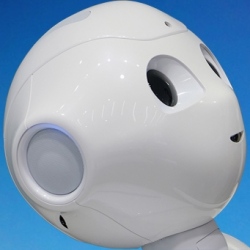
A focal point of Donald Trump’s campaign, that manufacturing jobs have left the US in droves as a result of bad trade deals, could be based on a faulty premise. “America has lost nearly one-third of its manufacturing jobs since Nafta and 50,000 factories since China joined the World Trade Organization,” says Mr Trump’s official site.
According to this narrative, the US’s trade policies, growing trade deficits with Mexico and Canada, and China’s “unfair subsidy behaviour” are to blame for the US’s “deindustrialisation” and its disappearing middle class.
The US did indeed lose about 5.6m manufacturing jobs between 2000 and 2010. But according to a study by the Center for Business and Economic Research at Ball State University, 85 per cent of these jobs losses are actually attributable to technological change, largely automation, rather than international trade.
The think-tank found that although there has been a steep decline in factory jobs, the manufacturing sector has become more productive and industrial output has been growing.
“Simply put, we are producing more with fewer people,” notes Mireya Solís, a senior fellow at Brookings. US factories have been achieving this by gradually replacing human labour with robots.
“Automation has transformed the American factory, rendering millions of low-skilled jobs redundant. Fast-spreading technologies like robotics and 3D printing will exacerbate this trend,” says Ms Solís.
The Boston Consulting Group has estimated that while “a human welder today earns around $25 per hour, including benefits, the equivalent operating cost per hour for a robot is around $8”.
The extra cost of maintaining a robotics system, installation, maintenance and the operating costs, should be amortised, according to the group, over a five-year period. “In 15 years, that gap will widen even more dramatically,” it says. This process, as many have pointed out, is irreversible.
